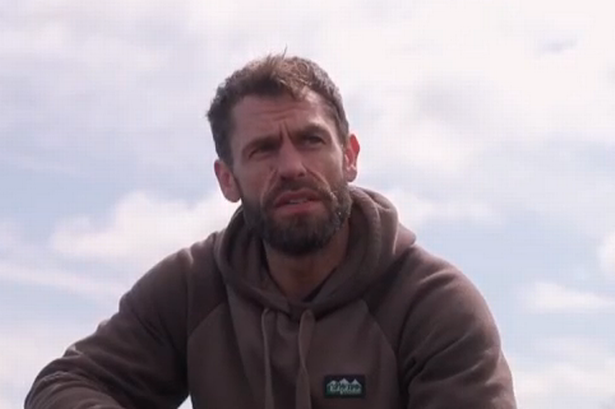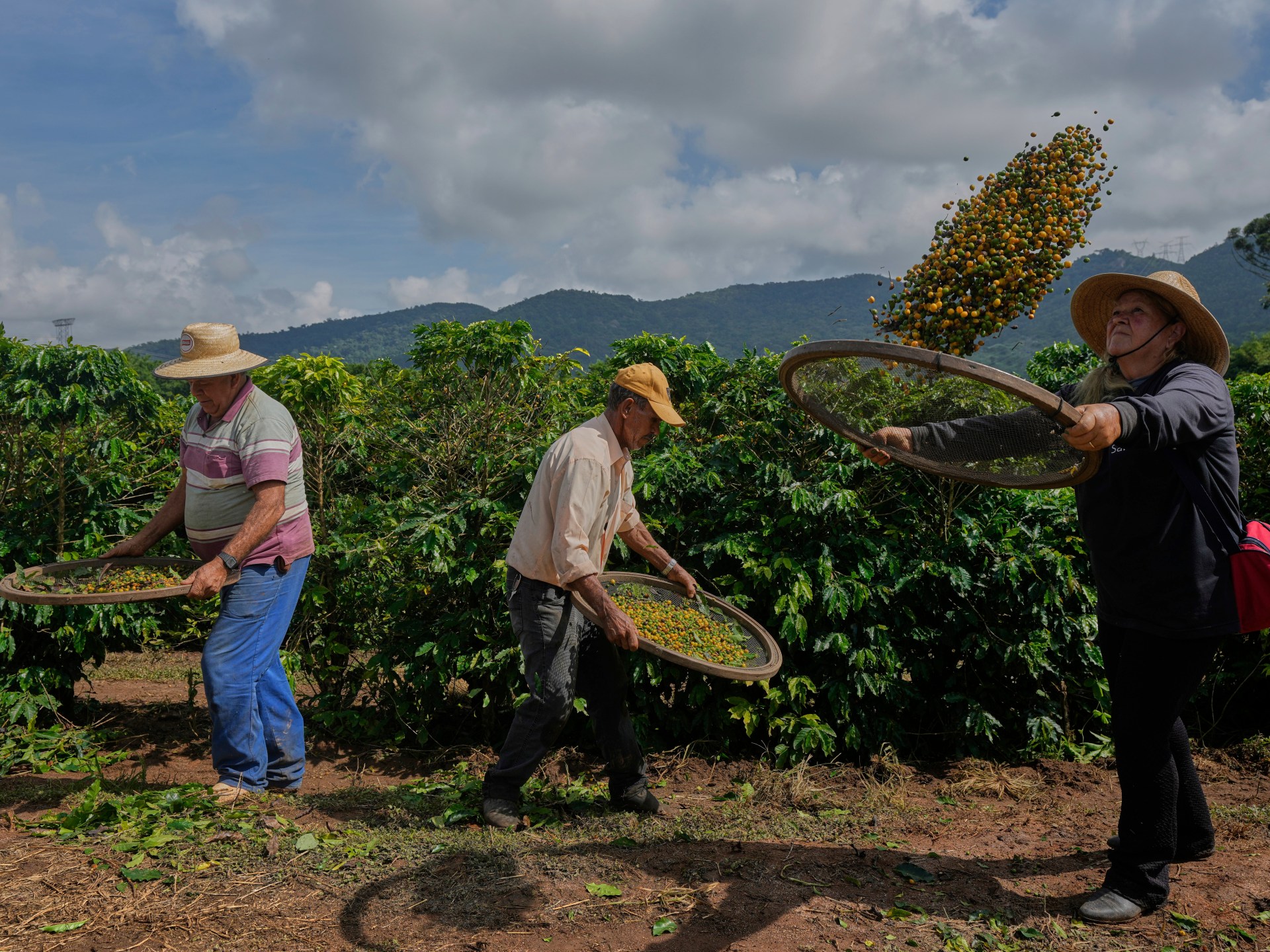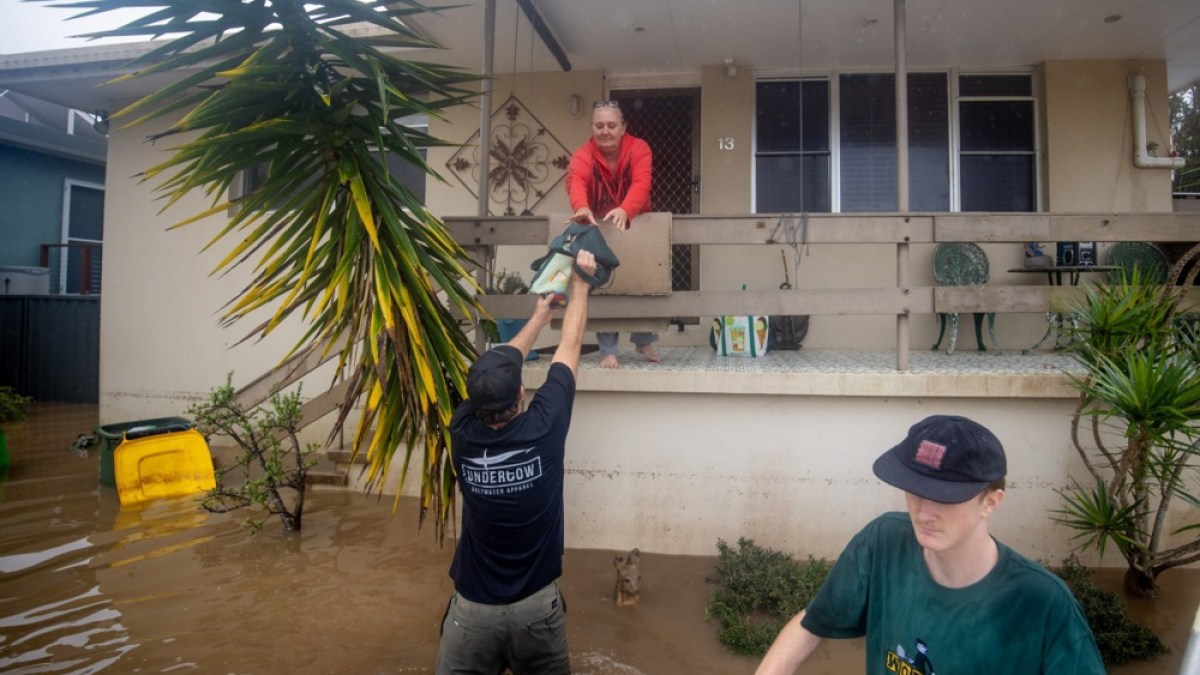In next week’s episode of Fletcher’s Family Farm, Kelvin and Liz are hit with yet another farming emergency, having been forced to move off the property after a fire broke out
Kelvin Fletcher and his farming family are facing yet another disaster on their Cheshire land in an upcoming episode of their ITV show. The ex Emmerdale star and his family are back with a third series of Fletchers’ Family Farm – however, the show started on a sombre note when their farmhouse was destroyed by a blaze.
Unfortunately, the Fletchers’ troubles don’t stop there – with Kelvin learning in next week’s episode that their oat crop could be “devastated” by an infestation. Showing the cameras his oat field in the show, Kelvin admits that he’s “worried” about the crop after it loses his colour.
After enlisting the help of agronomist Ben, who has been helping the family with their soil, he discovered that leatherjackets have taken hold of the soil. Leatherjackets are the larvae of some crane flies, which can embed in lawns and soil before eating the roots.
READ MORE: Kelvin Fletcher’s wife Liz shares update after tragic farmhouse blazeREAD MORE: Kelvin Fletcher’s wife Liz makes exciting announcement after family heartbreak
“Ah, look at that – is that a leatherjacket?” Ben says as he goes through the soil. “A leatherjacket is like a little grub and they come in rings in the field and you’ll find there are bare patches in the field where they have just mauled and eaten the seed.
“There – there’s a leatherjacket,” he tells a disappointed Kelvin. “They’ll eat the root system of your grass and now your oats. These can be quite a problem.”
When Kelvin asks whether they will “decimate the crop”, Ben replies: “They really can be devastated but generally speaking, they’re in circles across the field.” Despite the alarming news, Kelvin and wife Liz will need to wait to see whether the leatherjackets have fully invaded the field.
“Ben won’t know the extent of the leatherjacket invasion until the crop is more established,” he tells the show. “If gaps or rings start appearing across the field, it’s usually an indicator that it has spread across the field.”
It’s not all bad news for farmer Kelvin and his first oat crop – Ben confirms that the oat seeds have taken hold in the soil. Elsewhere in the upcoming episode, Kelvin and Liz challenge their kids to make scarecrows to keep the birds and bugs at bay, while Liz comes up with a plan to whip chaotic chickens into shape.
It comes after Kelvin, Liz and their four kids were forced to leave their farm after a fire broke out while they were on holiday. Episode one saw the emotional couple go through the remains of the fire, with Kelvin admitting that all of his clothes had been destroyed.
“The way the year has got off to a busy start, but it hasn’t all been plain sailing,” he said. “While the animals have been thriving, at the end of last year, an unexpected and devastating disaster hit our farmhouse.
“The fire we think has started around there, and then it’s honestly gone up through the roof, and the roof’s completely gone.”
Fletchers’ Family Farm continues on Sunday at 11:30am on ITV1 and ITVX.
Join The Mirror’s WhatsApp Community or follow us on Google News , Flipboard , Apple News, TikTok , Snapchat , Instagram , Twitter , Facebook , YouTube and Threads – or visit The Mirror homepage.


